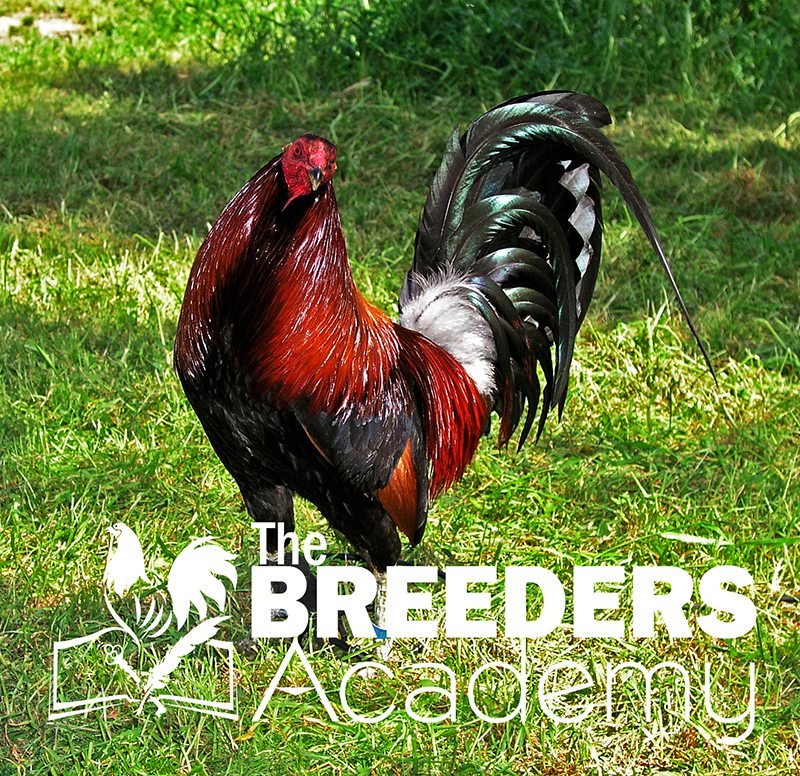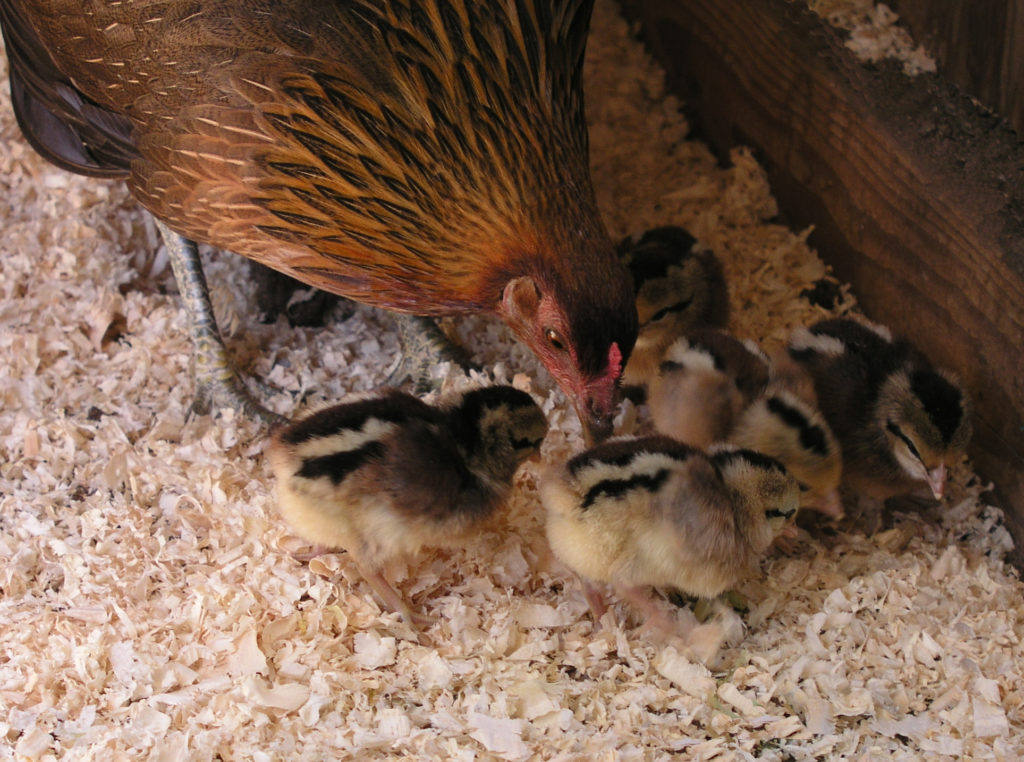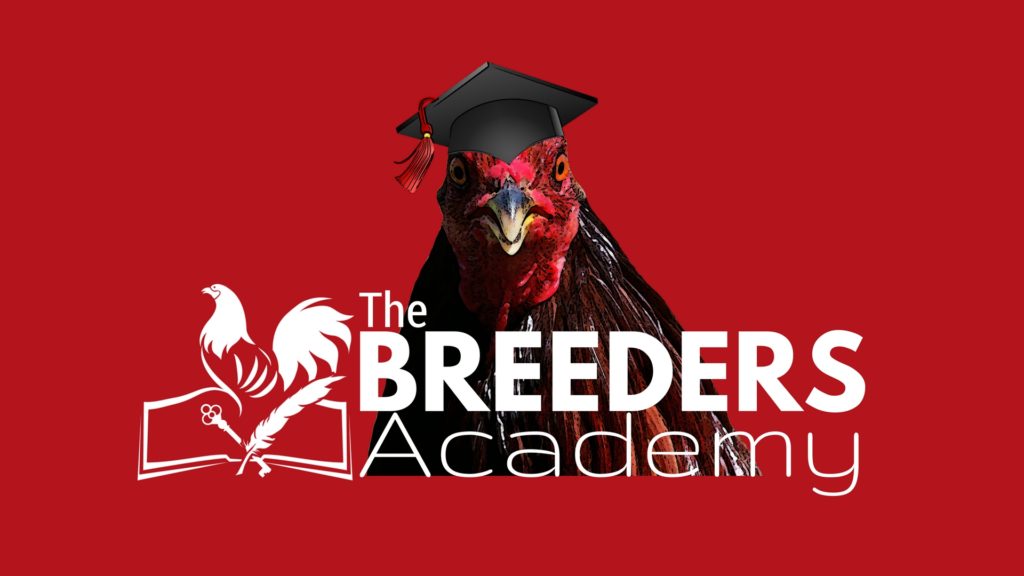It’s sad that so many gamefowl breeders begin with second-rate fowl, when in truth, they don’t need to. This is a big mistake. By beginning with substandard or second-rate fowl, it can be very difficult to improve them. This is especially true when it comes to fowl that also have defects or have a low resistance to disease.
Purity of Blood
BREED THEM PURE?
For many years, American Gamefowl Breeders thoughts, regarding “gamefowl breeding” have been largely dominated by the pit game philosophy. The general substance of the theory is that although there are obvious differences between purebreds and crossbreds, the purebred, by virtue of being a purebred, are overall weaker than crossbreds.
Genetic Purity and a Breeders Extreme Desire to Experiment
Breeding has improved so much from when I was a kid. Part of the reason why is because good fowl were harder to obtain back then. We were forced into getting what we could from friends – a little of this and a little of that, blending them together in the hopes that we might develop something that was competitive. Pure blood was relatively nonexistent. We had to make our own pure lines.
BREEDING PRACTICES OF THE PAST
Ancient people had no interest in standards of uniformity, and they would preserve the strange and unusual, or abnormal birds. As a result, new types would evolve. They also looked for birds with beneficial traits that were, not so much highly desired, but beneficial for the period.
IN PURSUIT OF PERFECTION
Although it is possible to start with hybrid crosses or mongrel flocks (we teach you how in the Breeders Academy), it will take a considerable amount of time to make significant progress. It is best to start with a family of fowl that has the capacity to improve. This comes from a well-bred bloodline. Select a family that presently expresses the traits that you desire, and carry on a breeding program that will continue to improve their overall form and function.



